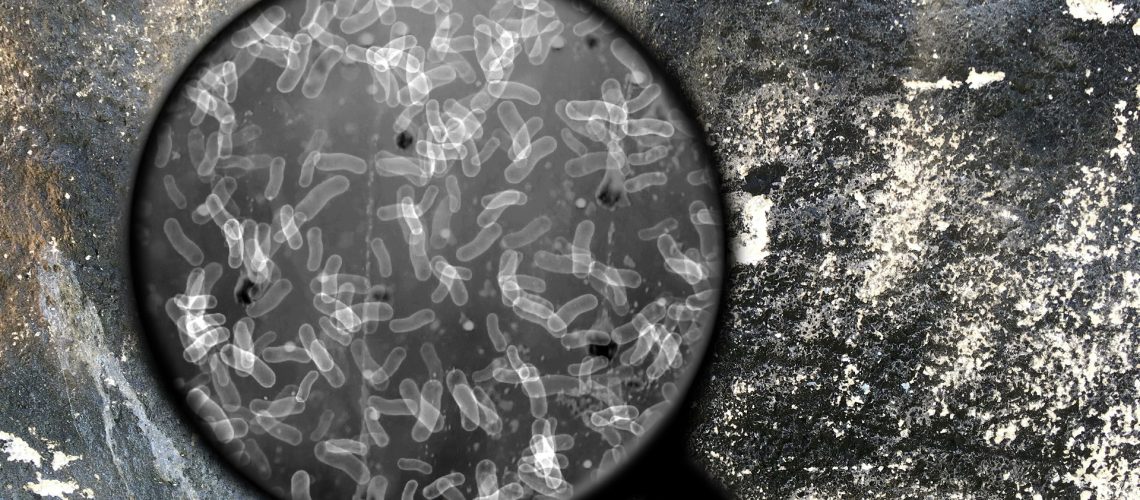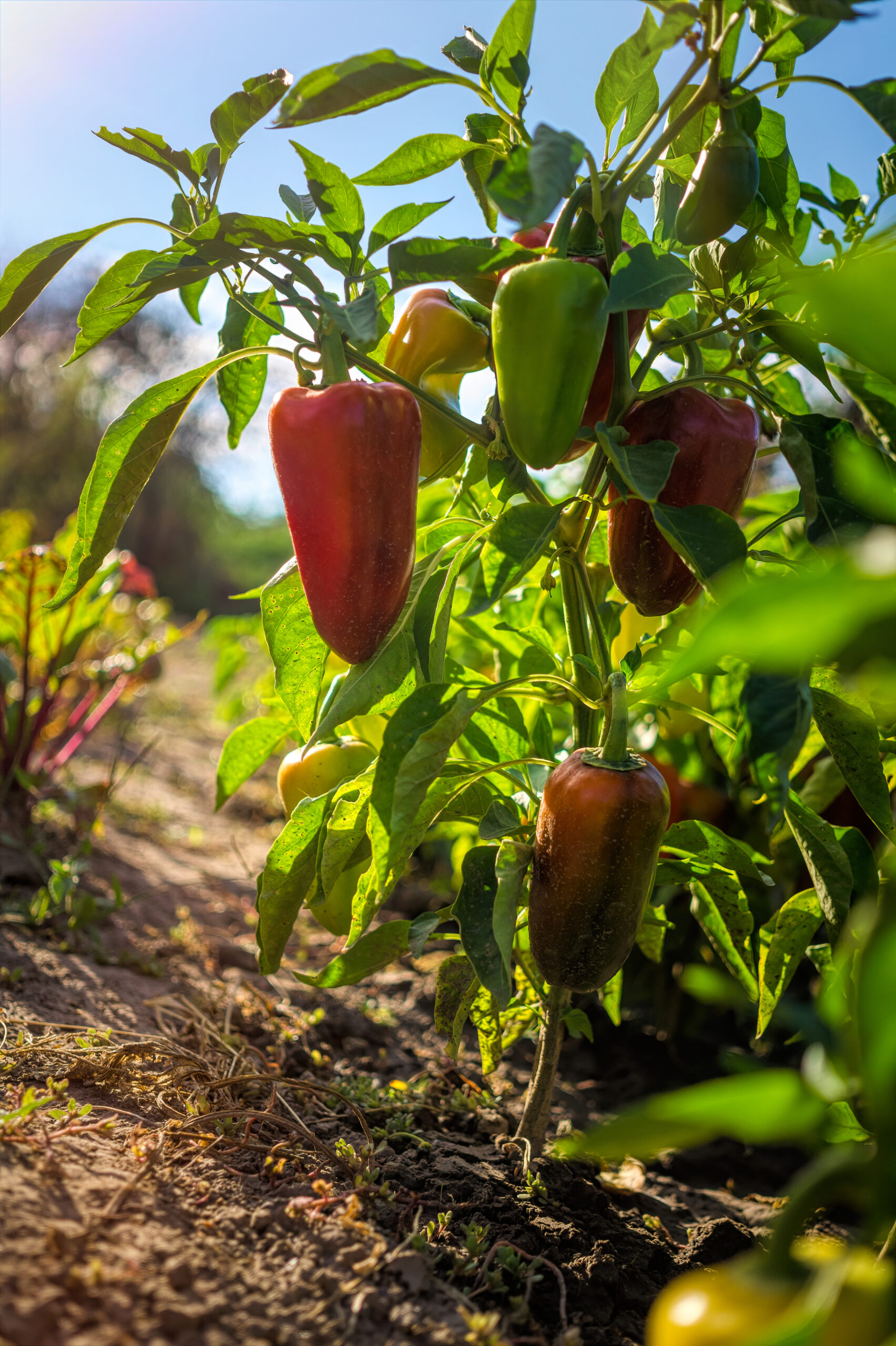You’ve probably read how important it is for your soil to have a large, diverse microbial population, but how do you know that all those microbes are good?
Well to start, a healthy and optimal microbial population in your soil will always have a mixture of good and bad microbes. Together, these microbes perform important tasks to keep the soil functioning and the plants flourishing. Despite the complex relationship between plant and soil microbes, research suggests that soil microbes play a significant role in nutrient cycling, structuring plant communities, influencing plant performance and growth, and in disease control, which is why it’s so important to have a dense and diverse microbial community.
Thankfully, these soil microbe-plant interactions are self-regulated. And to keep these microbes functioning and plants thriving as they should, there’s a system of checks and balances that occurs within soil. For example, in a healthy, diverse soil mixture, microbes help plants suppress pathogens by inducing natural plant defenses, producing antibiotics, fighting against pathogens, or through the hyperparasitism of the pathogen. However, when there is an influx of pathogens in a not-so-healthy and diverse soil, things will start to function differently.
Once there’s a large enough influx of pathogenic microbes that have colonized within the soil, these microbes will produce chemical signals called autoinducers, which regulate microbial gene expression in a process called quorum sensing. In this example, quorum sensing allows those microbes to communicate with each other and change their genes to become virulent. Soil can become more susceptible to virulent factors if there isn’t adequate microbial diversity, as a diverse microbial community is critical to maintain ecological processes. To mitigate the negative aspects of quorum sensing, it’s imperative to have a diverse vegetation aboveground and a diverse microbial community belowground.
However, despite the good microbes’ best effort, soil conditions change and sometimes pathogens can take control. Depending on the pathogen, different physical signs and symptoms will become evident on the plant. Common signs of pathogenic disease on a plant can include foliage wilting, stunting, browning, and yellowing. Fortunately, because these are all aboveground symptoms, diseases can be easier to identify and potentially treat. Though, there are common belowground pathogens that affect the root systems of plants. These are more difficult to diagnose as they don’t always produce physical signs on the plant. The only way to specifically identify the pathogenic microbial species within your soil is to send your soil’s DNA to a lab for further analysis.
The best method that researchers have found to combat these soil pathogens is by supporting the good microbes, as the best defense is a good offense. Because microbial diversity has an almost linear relationship to microbial biomass, increasing the soil’s microbial biomass will increase its microbial diversity, which is the key to having a functioning and thriving ecosystem.


